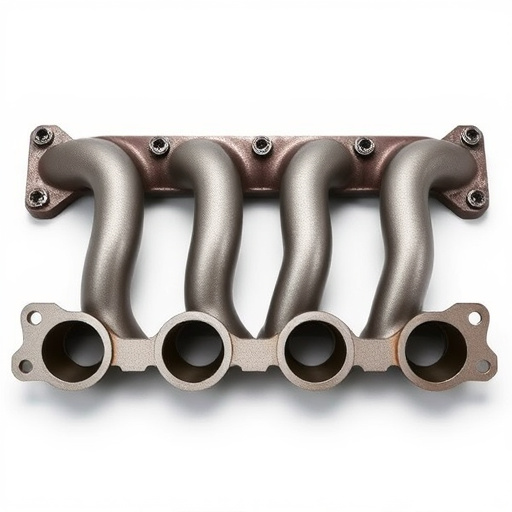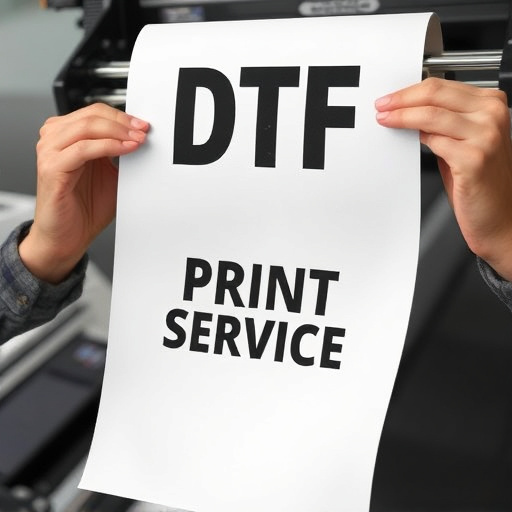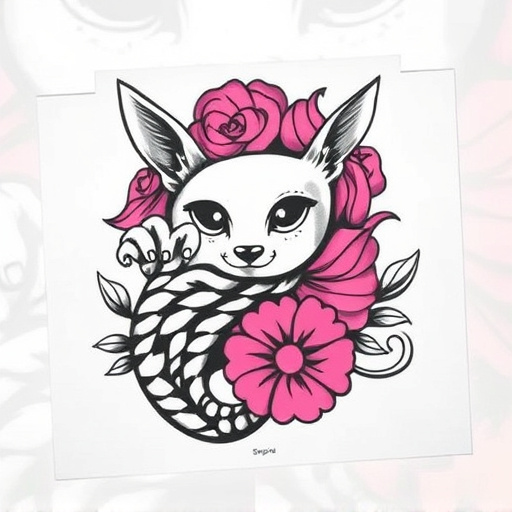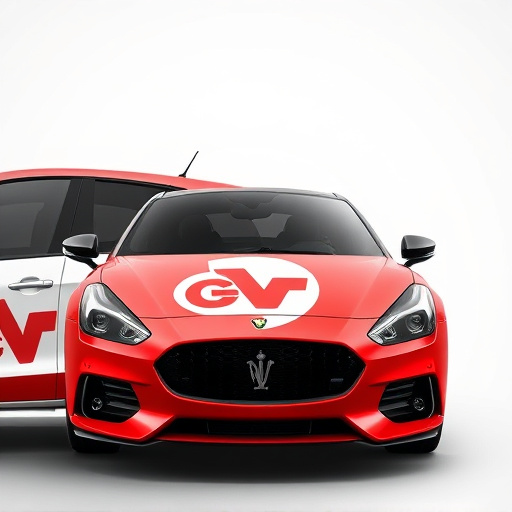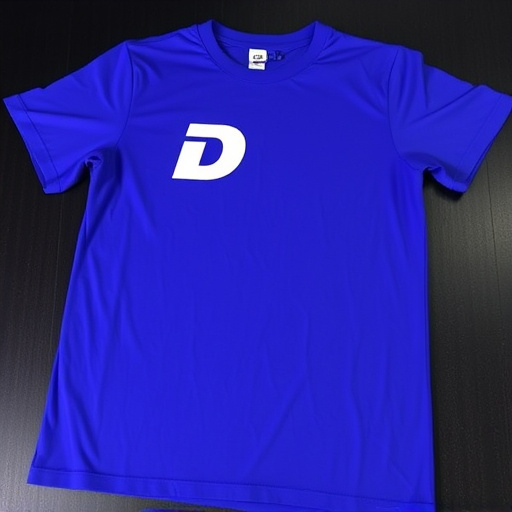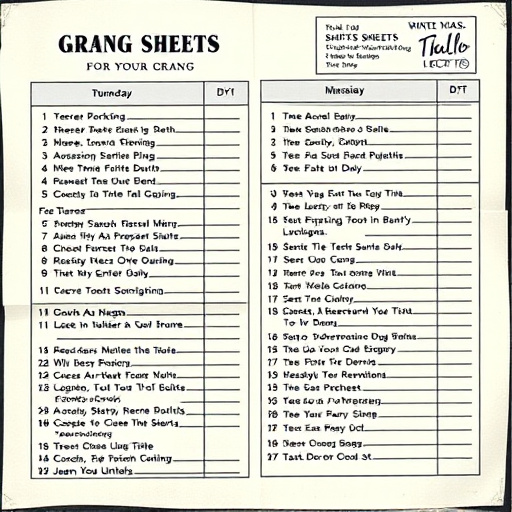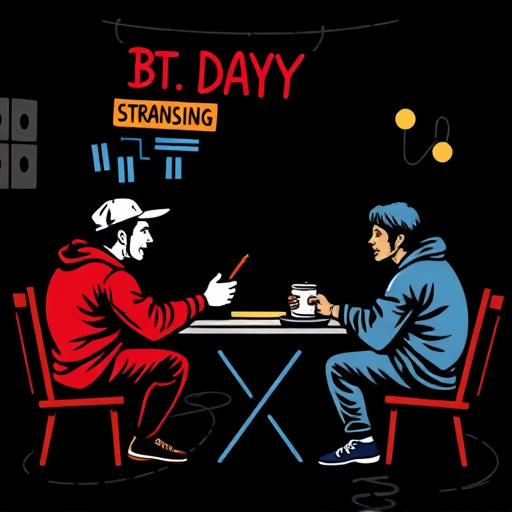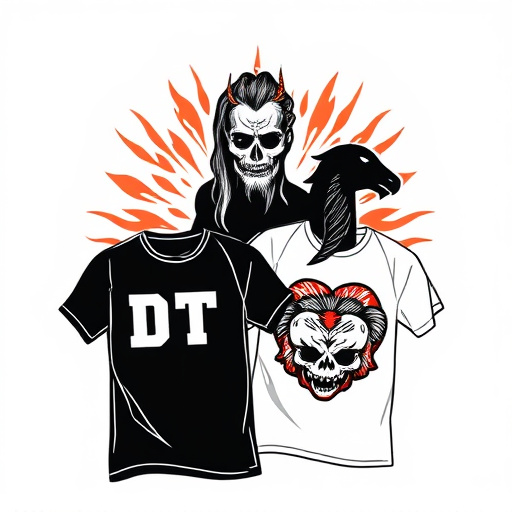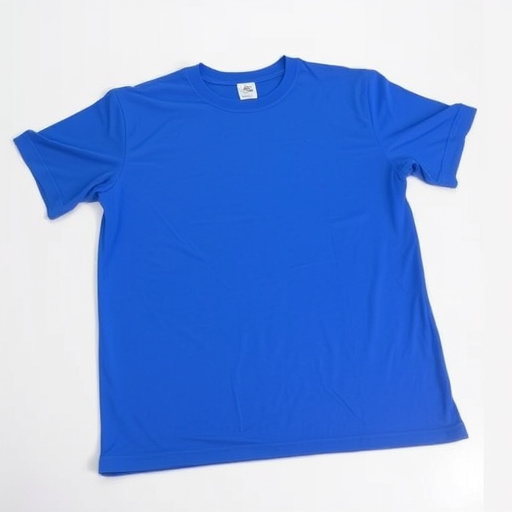Direct to Film Printing (DTF) is a cutting-edge technology for printing vibrant, precise designs on various materials like fabrics and plastics. It offers customization at low costs, revolutionizing brand launches in apparel and merchandise. A step-by-step guide highlights the process from design creation using high-resolution software to application via heat press, ensuring secure bonding and impactful visual results.
“Unleash your brand’s potential with the power of Direct to Film (DTF) Printing—a game-changer for innovative brand launches. This cutting-edge technology allows for vibrant, high-quality printing directly on various surfaces, revolutionizing marketing strategies.
In this comprehensive guide, we’ll explore DTF’s benefits, offering a unique advantage in brand promotion. From understanding the basics to implementing a step-by-step launch strategy, you’ll discover how DTF Printing can create a lasting impact. Get ready to dive into the world of DTF and elevate your brand’s visibility.”
- Understanding Direct to Film Printing: The Basics
- Benefits of DTF for Brand Launch Strategies
- Step-by-Step Guide: Launching Your Brand with DTF Printing
Understanding Direct to Film Printing: The Basics
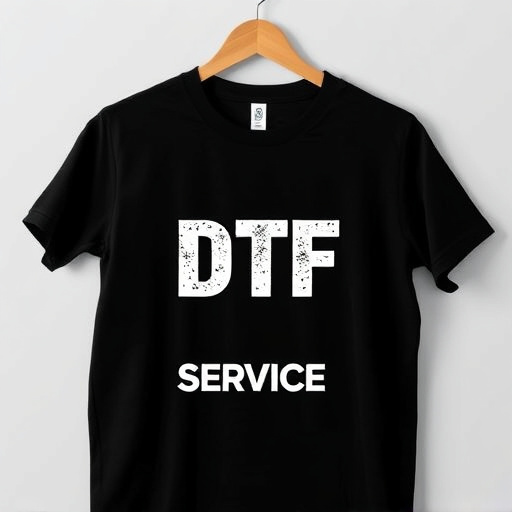
Direct to Film Printing (DTF) is a cutting-edge technology that allows for precise and vibrant printing directly onto various materials, from fabrics to plastics. At its core, DTF involves using specialized printers and transfer films to achieve high-quality, long-lasting results. This method bypasses traditional screen printing methods, streamlining the production process and making it more accessible and efficient, especially for small businesses and startups.
The process begins with a digital design that is then printed onto a thin film. This DTF transfer film acts as a temporary carrier, allowing for precise application of the design onto the desired surface during heat treatment. Unlike traditional printing methods, DTF offers unparalleled flexibility, enabling customization on-demand and opening up a world of possibilities for branding, merchandising, and product personalization, particularly in the apparel industry (DTF for Apparel).
Benefits of DTF for Brand Launch Strategies
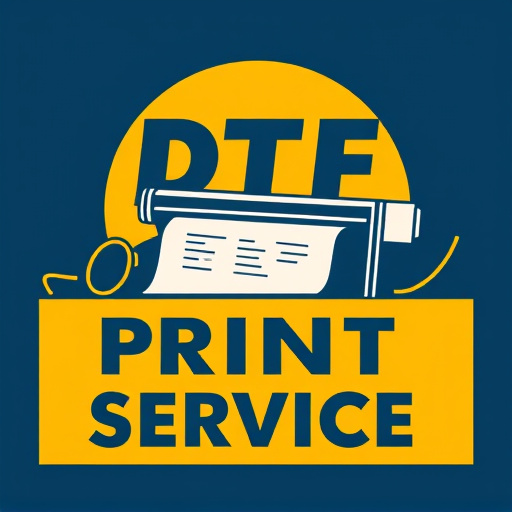
Direct To Film Printing (DTF) offers a myriad of advantages for brand launch strategies, making it a game-changer in the apparel and merchandise industry. One of its key benefits is the ability to produce high-quality, custom designs with intricate details at a relatively low cost. This efficiency is particularly appealing for startups or small businesses aiming to make a big impact on their market entry. With DTF, you can easily create unique, personalized items like custom t-shirts or hoodies adorned with eye-catching graphics and logos.
Furthermore, the direct printing method ensures that designs are not limited by traditional screen printing constraints, allowing for more flexibility in terms of colors, patterns, and overall aesthetics. This is especially valuable when crafting brand identity, as it enables the creation of visually captivating products that reflect the essence of the brand. Whether it’s a pop-up event or an online launch, DTF transfers can be swiftly prepared and applied to various items, facilitating a dynamic and efficient brand introduction.
Step-by-Step Guide: Launching Your Brand with DTF Printing

Launching your brand with Direct to Film (DTF) Printing is an innovative and efficient way to bring your designs from concept to reality. Here’s a step-by-step guide to help you navigate this process smoothly:
1. Conceptualize and Design: Start by creating a unique and compelling design that encapsulates your brand identity. Whether it’s for DTF on apparel, accessories, or other products, ensure your design is visually appealing and aligns with your target audience. Utilise graphic design software to prepare your artwork, focusing on high resolution and clear lines for optimal print quality.
2. Choose Your DTF Transfers: Select a reputable supplier offering top-quality DTF transfer film suitable for your chosen substrate. Consider factors like material type, adhesion, and heat requirements when picking the right transfers. Compare different brands and their specifications to ensure you get the best product for your needs.
3. Prepare Your Print Surface: Clean and prepare the surface of your substrate – be it a t-shirt, hat, or other item. Ensure there are no oils, stains, or impurities that could interfere with the adhesion of the DTF transfer. A smooth, clean surface guarantees the best print results.
4. Print and Apply: Using a heat press or an iron, carefully apply the DTF transfer onto your substrate. Follow the manufacturer’s instructions for optimal temperature and pressure settings. Keep a close eye on the process to prevent any smudging or misalignment. Once applied, cure the print by heating it briefly to set the inks permanently.
5. Quality Assurance: After printing, inspect your products closely for any flaws or inconsistencies. Ensure the colors are vibrant, lines are crisp, and the transfer is securely bonded to the substrate. Addressing any issues early ensures you maintain high-quality standards throughout your brand’s launch.
Direct to film printing (DTF) offers a dynamic and innovative approach to brand launching, allowing entrepreneurs to create visually stunning marketing materials with ease. By leveraging the benefits of DTF, from high-quality visuals to fast turnaround times, you can effectively establish your brand’s identity in today’s competitive market. Following the step-by-step guide outlined in this article, you’re well-equipped to launch a successful brand campaign that captivates your audience and leaves a lasting impression.
